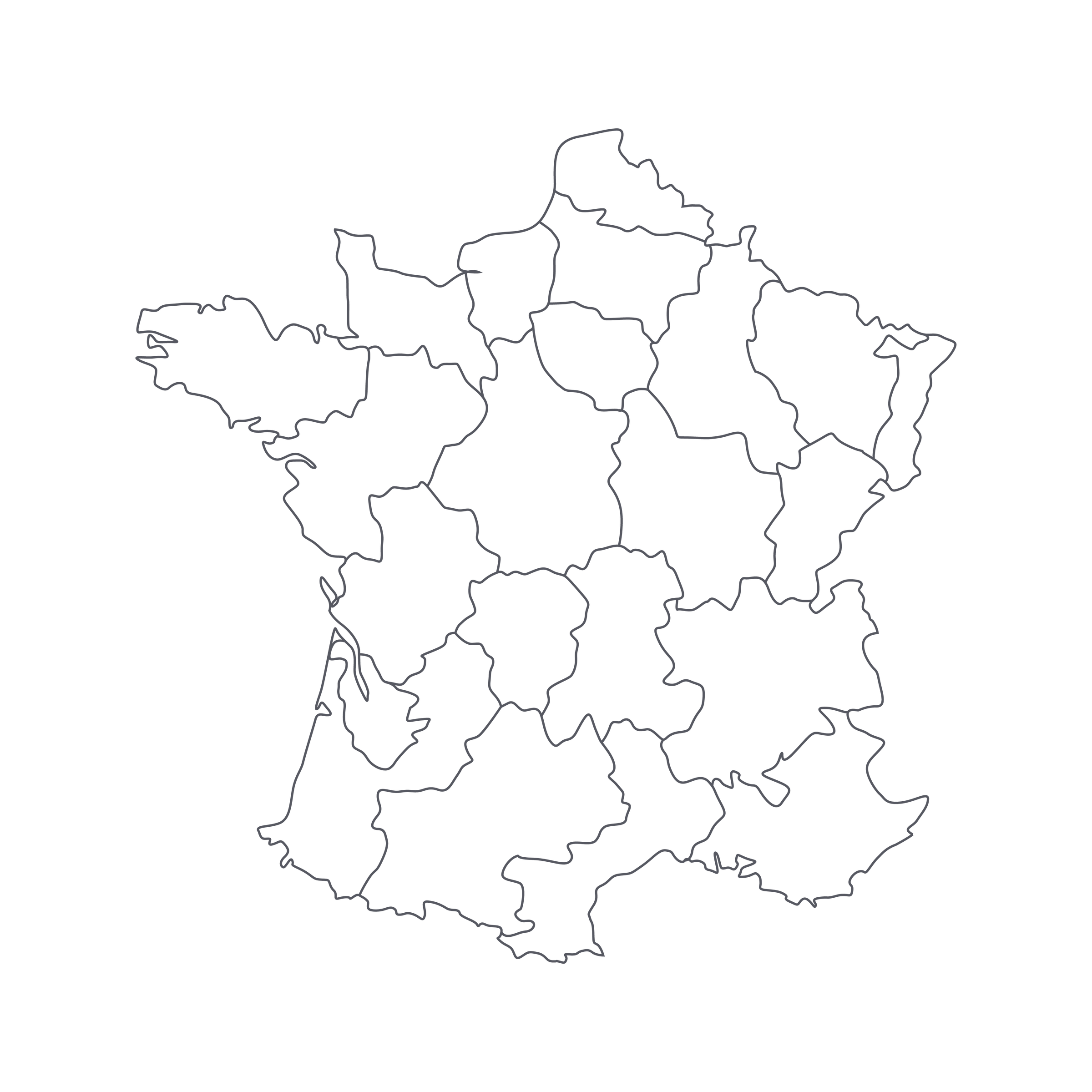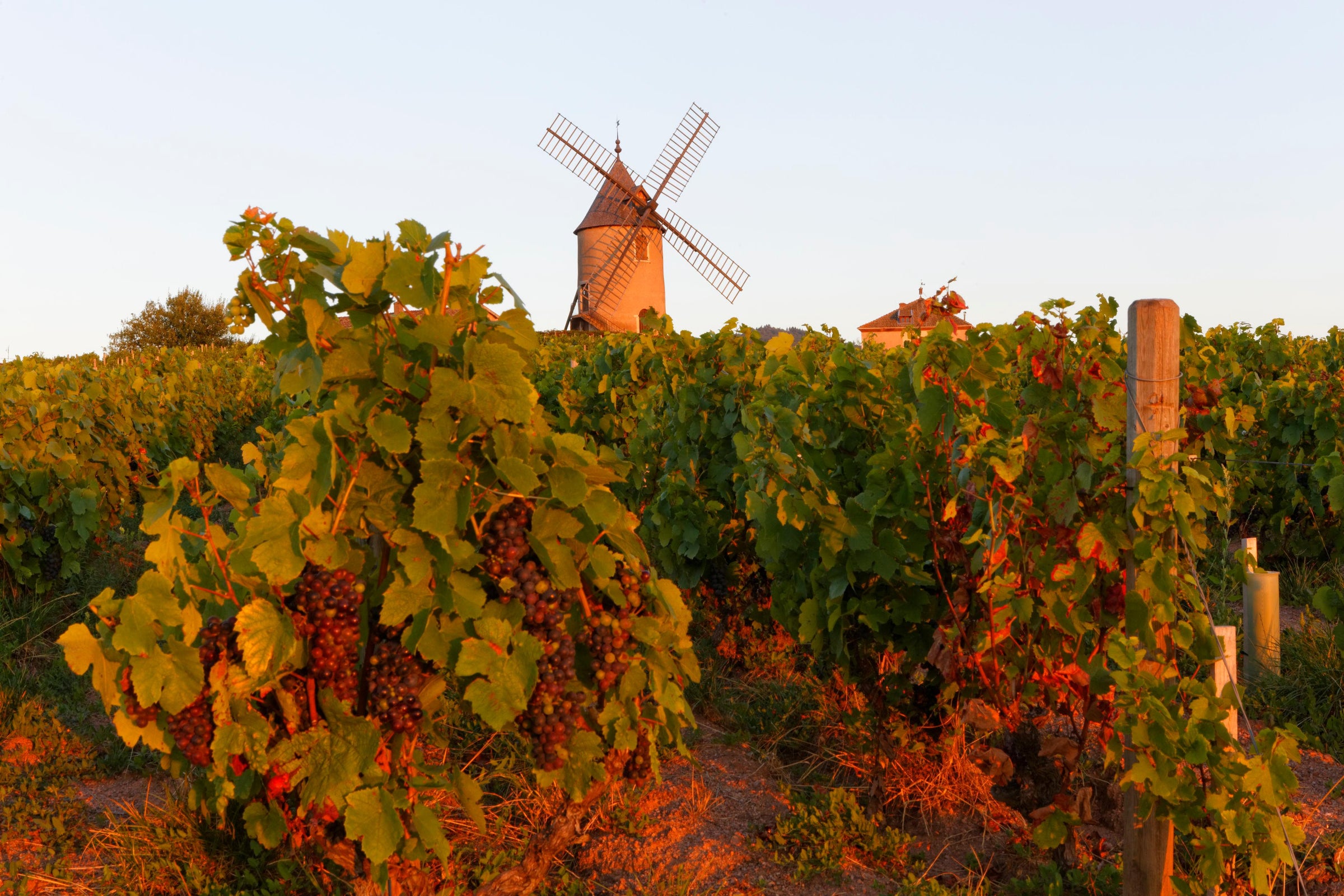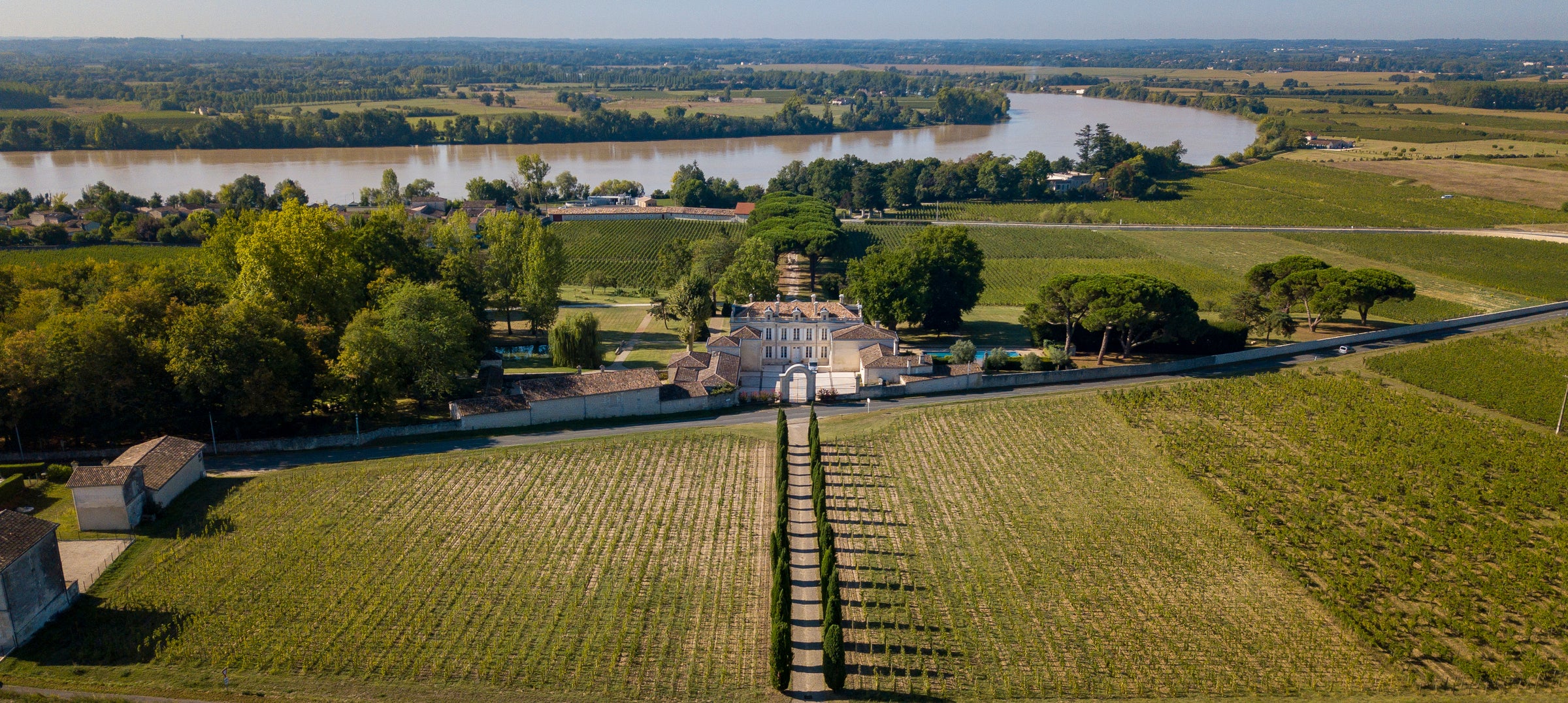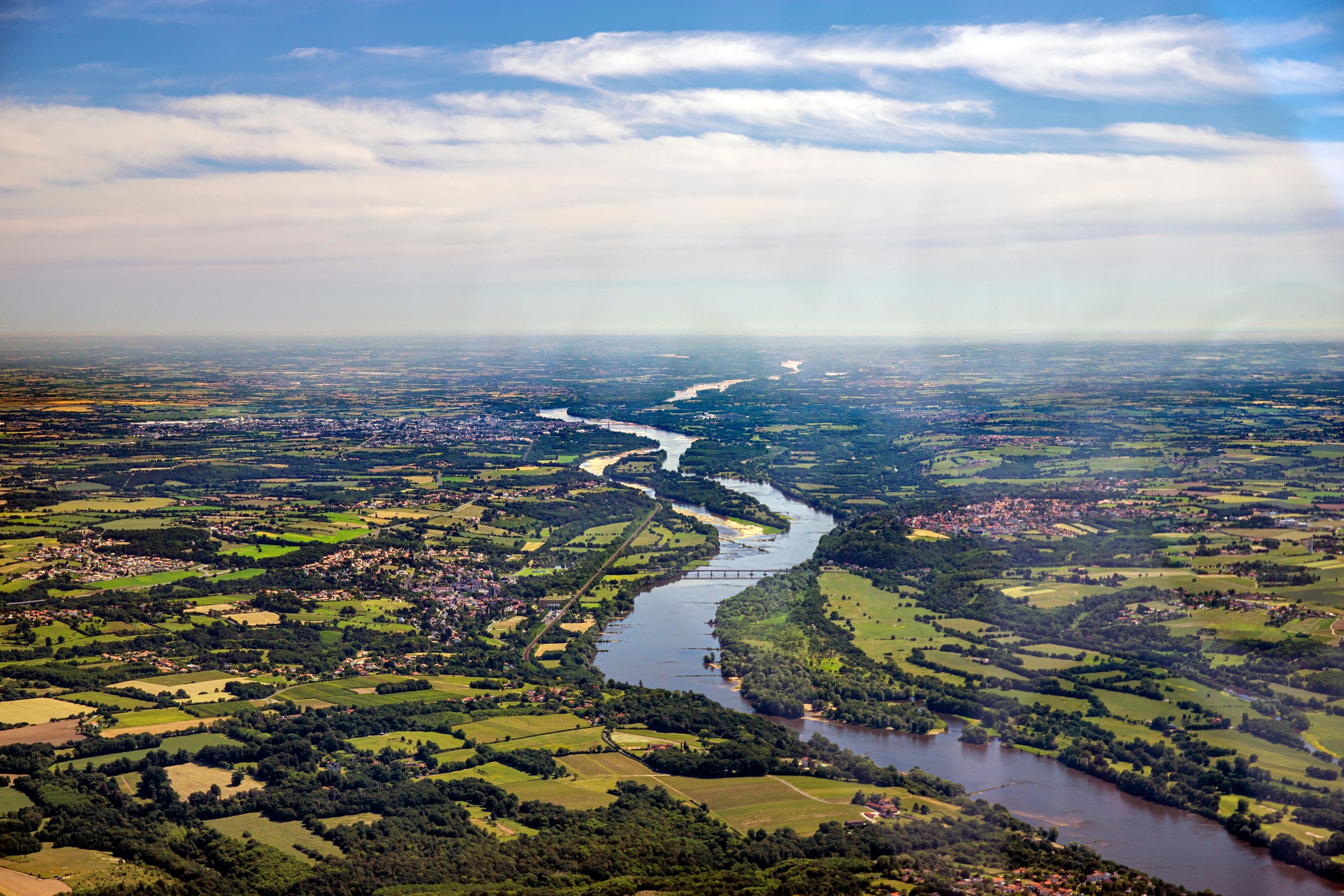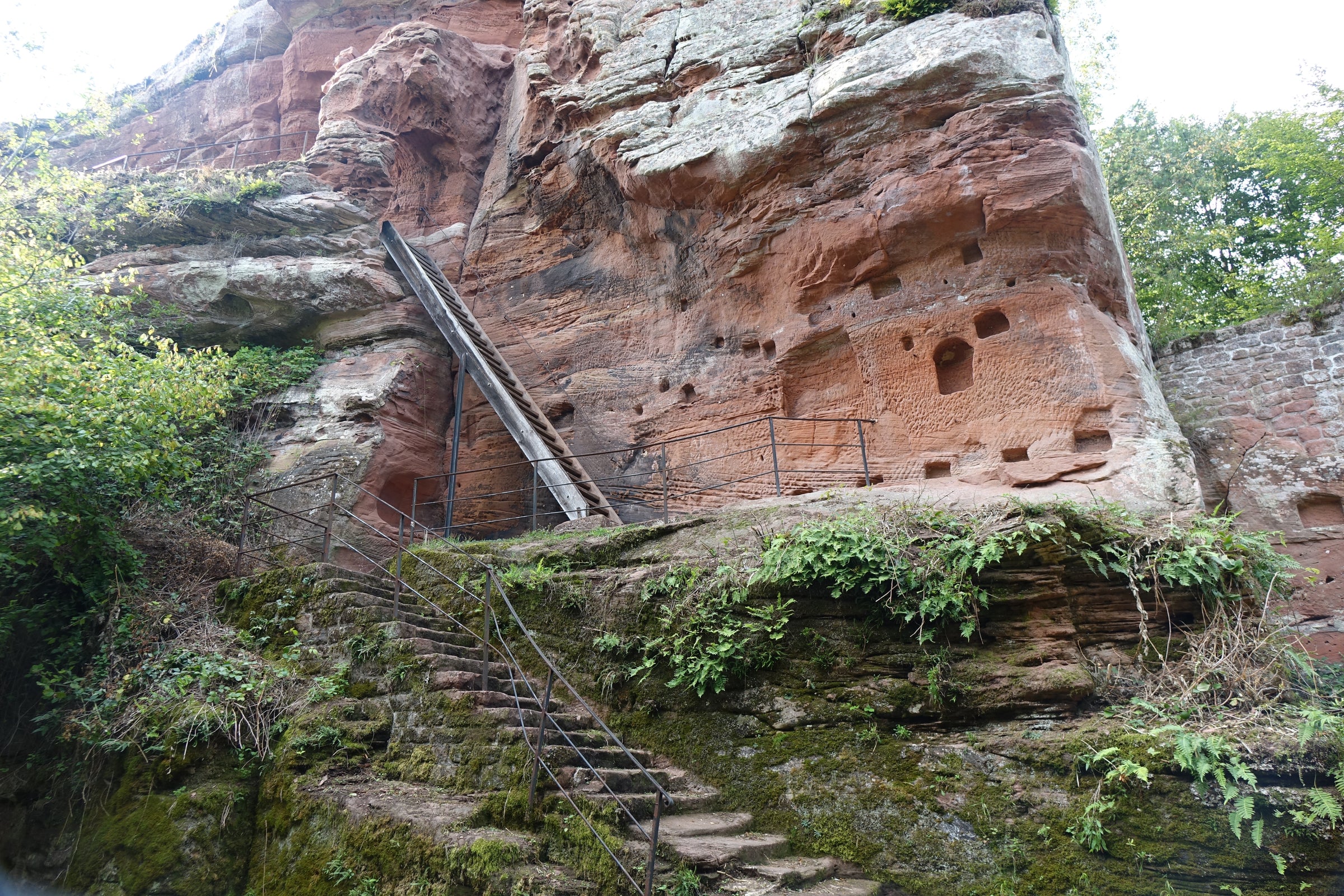In 2018, we had the rare opportunity to offer our subscribers not one, but two, allocations of “Princesse Des Thunes” and our inventory rapidly zeroed out both times. Now, after one drawn-out year of toeing the line, we pounced on their next batch the moment it docked on our shores. For those who aren’t yet privy: This sensational bottle has the specs, the look, and the luxurious profile of Krug.
Seriously, if “Princesse Des Thunes” was bottled by one of Champagne’s big-ticket, marketing-heavy estates, its price would shoot up two times without a doubt. Put your nose in the glass and you’ll begin understanding why—it has the full-bodied allure and voluptuousness typically reserved for ‘look-but-don't-buy’ labels. This buzzed-about grower packs magnificently rich complexities inside “Princesse Des Thunes” by extracting beautifully ripe fruit from Grand Cru Ambonnay vines; adding reserve wines from a perpetual blend first started in the 1980s; and allowing it to rest six years minimum on lees. And remember, Paul Déthune is a micro grower-producer—on any given year, this bottling tops out at a few hundred cases! As always, there is a dangerously low amount so only a portion of you will be able to get your hands on this supreme Grand Cru Champagne.
Paul Déthune is a Récoltant-Manipulant (“RM” can be seen on the label), or grower-producer, which means they own, farm, and craft wines solely from their estate. While major Champagne houses, or Négociant-Manipulants, typically make wines by purchasing grapes from many different farmers, a “grower-producer” controls every aspect of farming and winemaking; 95% of the fruit must be from their own vineyards (if a grower who only has Chardonnay vines wants to make a rosé, he can purchase some Pinot Noir/Meunier with that remaining 5%). The Déthunes have been farming and crafting Champagne in the Grand Cru village of Ambonnay since 1889, but their winemaking lineage can be traced to 1610. Today, Pierre Déthune and his wife, Sophie, tend to seventeen organically-tended acres throughout Ambonnay. It is here that Pinot Noir reveals its most intense expression, delivering signature minerality and terroir that translates to opulent, perfectly balanced Champagnes.
They are adamant about sustainability—natural fertilizers are used, cover crops are planted, solar panels have been installed, and a rainwater collection system has been implemented. Grapes are hand-harvested at ripe levels and fermented (both alcoholic and full-malolactic) in 205-liter French oak barriques. This cuvée incorporates 30% reserve wine from a unique blend of vintages first started nearly 40 years ago. It is “topped up” every year, much like a Sherry solera. After bottling, the wine then ages for numerous years—a minimum of six—in their chalk cellars that were hand-carved in the early 1600s. An interesting note: Instead of adding a standard dosage consisting of beet sugar, Pierre uses MCR, or moût concentré rectifié, which is super-concentrated grape must reduced down to its base sugars. It’s rarely found in Champagne, but several growers are now using it with the mindset that it creates a more neutral and consistent sweetener. The final wine is equal percentages of Pinot Noir and Chardonnay.
This batch of “Princesse Des Thunes” displays a brilliant yellow core with silver reflections and vigorous carbonated beads. It is incredibly concentrated and the nose sports wonderful richness and unending layers, but we noticed this batch showed more chiseled minerality and bracing finesse, leading me to believe this will age as long as you are prepared to wait. What is the same, however, is the gorgeous, unending aromatics. Pineapple core, mango peel, ripe quince, Rainier cherry, a bushel of fresh-picked yellow apples, acacia, and savory yellow flowers seamlessly fuse with brioche, lemon curd, fresh cream, and mountains of crushed rock. Like that of Krug or Bollinger, this is a true full-bodied Champagne with rich textures and ample acidity that shines throughout the long, long finish. This is serious wine—as full throttle, complex, and ‘intelligent’ as you can get in this price range. As such, avoid those dusty sparkling wine flutes at all costs! Drink this special bottle in all-purpose white stems around 55 degrees (even warmer if you want to coax out more subtleties) and enjoy over the next decade and beyond. This is liquified greatness—all the more reason to pair it with some crunchy “southern” fried chicken. Enjoy!


